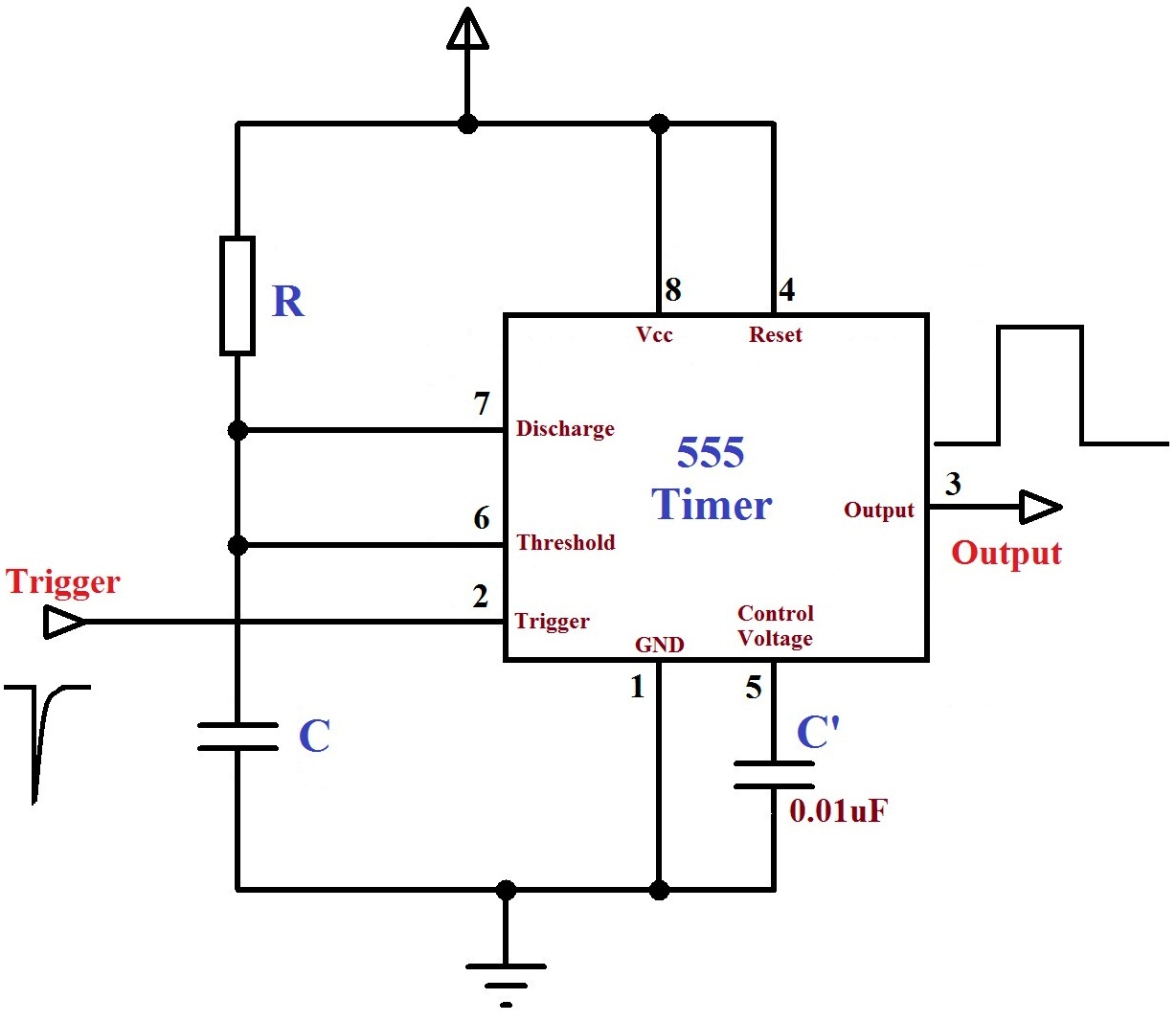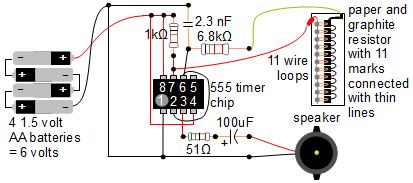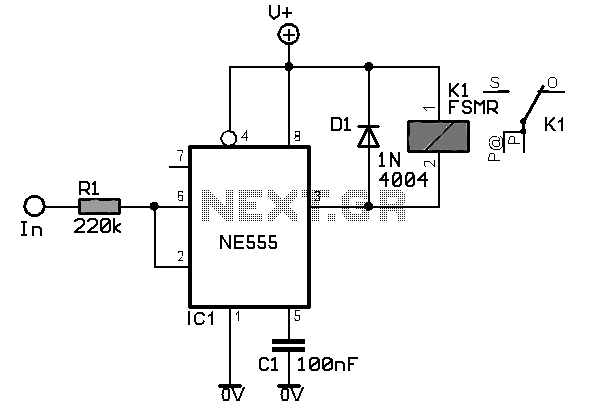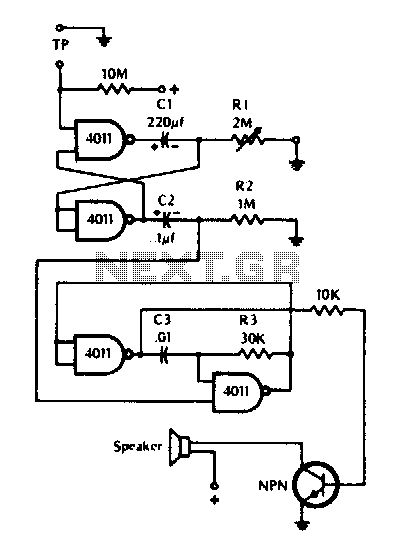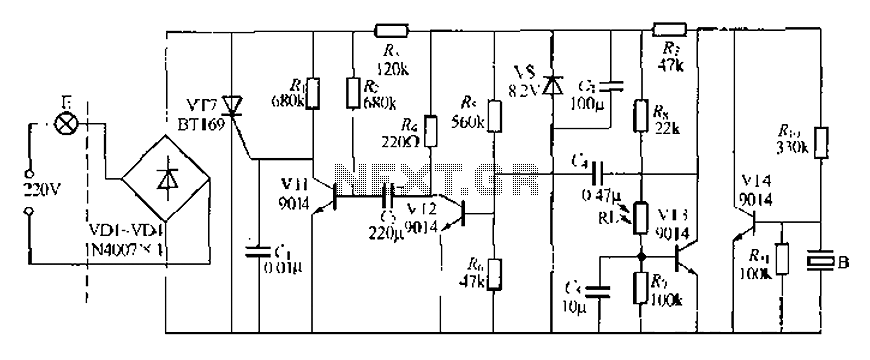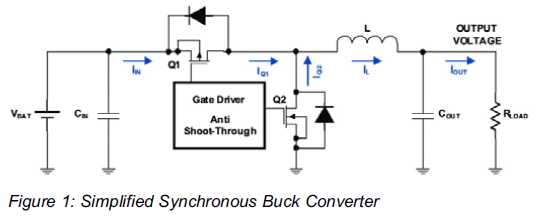
Time Delay Relay
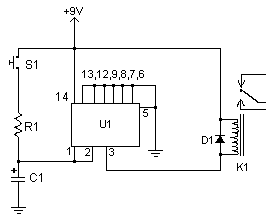
When activated by pressing a button, this time delay relay will activate a load after a specified amount of time. This time is adjustable to whatever you want simply by changing the value of a resistor and/or capacitor. The current capacity of the circuit is only limited by what kind of relay you decide to use.
The time delay relay circuit operates on the principle of charging a capacitor through a resistor, which determines the delay period before the relay is activated. The circuit typically includes a momentary push-button switch that, when pressed, initiates the timing sequence.
Upon pressing the button, the capacitor begins to charge through the resistor. The time constant of the circuit, which defines the delay duration, is determined by the formula τ = R × C, where τ is the time in seconds, R is the resistance in ohms, and C is the capacitance in farads. By altering the values of the resistor or capacitor, the delay time can be adjusted to meet specific requirements.
The relay itself acts as a switch that can control a larger load, such as motors or lamps, once the timing period elapses. The relay contacts, which are rated for a certain current and voltage, will close after the capacitor reaches a specific voltage threshold, triggering the load to turn on. The choice of relay is crucial, as it must be selected based on the load's specifications to ensure safe and effective operation.
Additional components may include diodes for flyback protection across the relay coil, preventing voltage spikes when the relay is de-energized. A power supply is also necessary to provide the required voltage for the relay and the timing circuit.
Overall, this time delay relay circuit is versatile and can be implemented in various applications, such as lighting control, motor start delays, or any scenario where a timed activation of a load is desired.When activated by pressing a button, this time delay relay will activate a load after a specified amount of time. This time is adjustable to whatever you want simply by changing the value of a resistor and/or capacitor.
The current capacity of the circuit is only limited by what kind of relay you decide to use. 🔗 External reference
The time delay relay circuit operates on the principle of charging a capacitor through a resistor, which determines the delay period before the relay is activated. The circuit typically includes a momentary push-button switch that, when pressed, initiates the timing sequence.
Upon pressing the button, the capacitor begins to charge through the resistor. The time constant of the circuit, which defines the delay duration, is determined by the formula τ = R × C, where τ is the time in seconds, R is the resistance in ohms, and C is the capacitance in farads. By altering the values of the resistor or capacitor, the delay time can be adjusted to meet specific requirements.
The relay itself acts as a switch that can control a larger load, such as motors or lamps, once the timing period elapses. The relay contacts, which are rated for a certain current and voltage, will close after the capacitor reaches a specific voltage threshold, triggering the load to turn on. The choice of relay is crucial, as it must be selected based on the load's specifications to ensure safe and effective operation.
Additional components may include diodes for flyback protection across the relay coil, preventing voltage spikes when the relay is de-energized. A power supply is also necessary to provide the required voltage for the relay and the timing circuit.
Overall, this time delay relay circuit is versatile and can be implemented in various applications, such as lighting control, motor start delays, or any scenario where a timed activation of a load is desired.When activated by pressing a button, this time delay relay will activate a load after a specified amount of time. This time is adjustable to whatever you want simply by changing the value of a resistor and/or capacitor.
The current capacity of the circuit is only limited by what kind of relay you decide to use. 🔗 External reference
